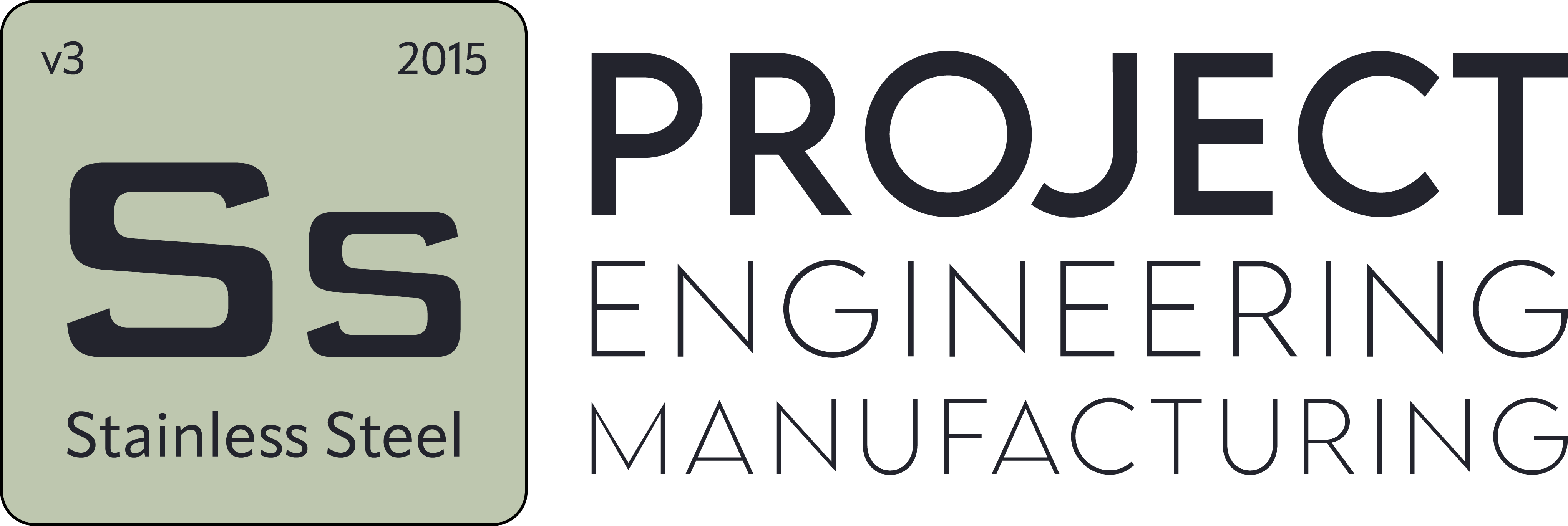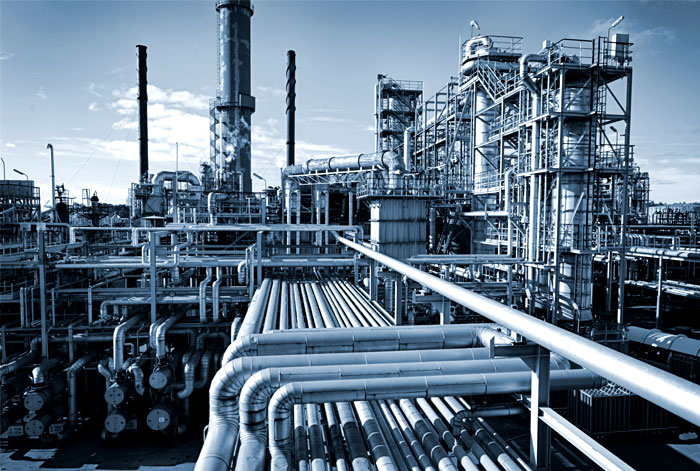Do you do environmentally friendly projects?
- Blog
- Do you do environmentally friendly projects?
Do you do environmentally friendly projects?
What is a Process? Step-by-Step Processing in Production
Process is a system consisting of a series of steps performed to convert a raw material or material into the desired product. These steps are carried out in a specific sequence and under specific conditions. Processes can range from simple manual operations to complex automated systems.
Characteristics of Processes:
- Goal-Oriented: Processes aim to achieve a specific end product.
- Sequential: The steps of the process are performed in a specific sequence.
- Controlled: Each step of the process is performed and monitored under specific conditions.
- Repeatable: Processes are designed to be repeatable to achieve consistent results.
Benefits of Processes:
- Efficiency: Processes enable more efficient use of raw materials and energy.
- Quality Control: Processes ensure consistently high product quality.
- Safety: Processes ensure worker safety and environmental protection.
- Cost Savings: Processes help reduce production costs.
Types of Processes:
- Chemical Processes: These processes transform raw materials using chemical reactions. For example, pharmaceutical production, fertilizer production.
- Physical Processes: These processes transform raw materials using physical forces. For example, metal processing, textile production.
- Biological Processes: These processes transform raw materials using living organisms. For example, food production, pharmaceutical production.
Examples of Processes:
- Bread Making: Bread making is a process consisting of a series of steps to produce bread using ingredients such as flour, water, yeast, and salt.
- Gasoline Production: Gasoline production is a process consisting of a series of steps to produce gasoline, diesel, and other petroleum products using crude oil.
- Computer Manufacturing: Computer manufacturing is a process consisting of a series of steps to produce computers using electronic components, plastics, and metals.
Process Control:
Process control is a set of techniques used to ensure that each step of the process is performed under specific conditions. Process control systems monitor and adjust the parameters of the process using equipment such as sensors, actuators, and controllers.
Process Optimization:
Process optimization is a set of techniques used to increase the efficiency and effectiveness of a process. Process optimization is achieved by analyzing each step of the process and identifying opportunities for improvement.
Conclusion:
Processes are critical systems in production. Processes transform raw materials into desired products, increase efficiency and quality, reduce costs, and ensure worker safety and environmental protection.


